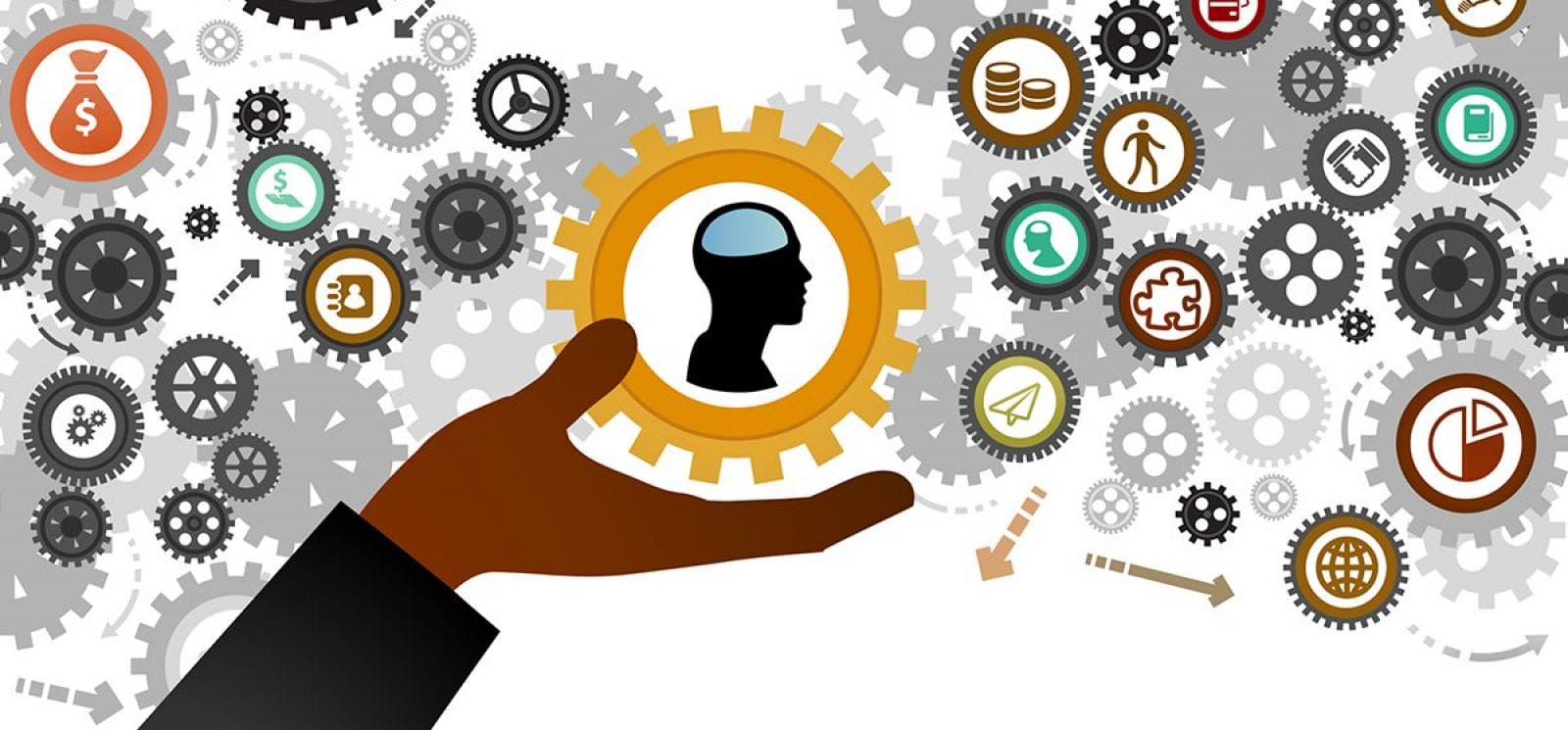Under constant pressure to respond to new mandates and missions, government agencies are tasked to quickly pivot to align workforce talent to projects, missions, and budgets in a manner that cuts wasteful spending, while ensuring staff satisfaction and the overall success of the mission. However, in a reality of increasing budgetary pressure, scarce resources and restrictive hiring limitations—it’s a growing challenge to ensure that each and every employee not only contributes to the mission but also becomes a valuable part of an agile workforce capable of being rapidly reassigned, realigned, and trained as needed.
For help, agencies initially tried to leverage their existing Human Resource Management (HRMS) or Human Capital Management (HCM) systems with little success. These systems weren’t effective because they could not capture the richness of information required to select a team for a new mission or reorganize a division. Static resumes and form-based performance evaluations do not provide true insight into the most current expertise, popularity of work products, or efficiencies and lessons learned during the latest missions. For example, in 2015, the White House challenged its administration to pivot to Asia. Many agencies followed suit asking: Which teams have recent experience in Asia? Do we have any negotiators who are experts in maritime law with a knowledge of navigation channels in the South China Sea? Do we have institutional knowledge on these subjects? The answers to these types of specific and qualifying questions could not be found within HRMS or HCM systems.
These data and information deficiencies highlight why government agencies continue to look for newer technologies and best practices that equip and prepare them to support decision processes and properly align workforce talent to their agency budgets and objectives.
How Federal Agencies Can Prepare to Pivot
Think of the advantages of fully knowing the skills that exist within your federal organization … with full access to a world of data and no need to rely solely upon the less-comprehensive internal data sources you’d typically have access to, e.g., standardized resumes, self-assessments, and performance appraisals. There is a data hub platform that empowers government agencies with essential insight by integrating all sources of information and policy directives to ensure timely and cost-effective workforce planning activities. This type of unified, multi-model platform allows organizations to rapidly aggregate resumes, work products, email, publications, organizational knowledge, and reports. The end result is a 360-degree view of capabilities and requirements that makes it easier for you to align workforce talent to budget and mission.

Discover Hidden Skillsets
An enterprise-hardened multi-model data hub with features such as geotagging and semantics could enable you to perform advanced, in-depth searches that uncover skillsets you didn’t know exist in regions throughout the world. For instance, identifying an ideal candidate by searching for the terms “water conservation” and “Djibouti” can yield results that might include a publication on “Safeguarding H2O in the Horn of Africa”—a term that wouldn’t have been displayed in an exact search.
As policies, regulations, and budgets change, an optimal platform will enable government organizations to easily pivot to accelerate staffing and align workforce talent to new projects. With its ability to securely integrate data from HR systems, social media, employee appraisals, established work product repositories, publications and more, an agile enterprise data hub is the right choice.
Learn More
You can align workforce talent to reach your mission goals faster and within budget. To learn how the right database technology can help you get there:


Latest Stories in Your Inbox
Subscribe to get all the news, info and tutorials you need to build better business apps and sites
